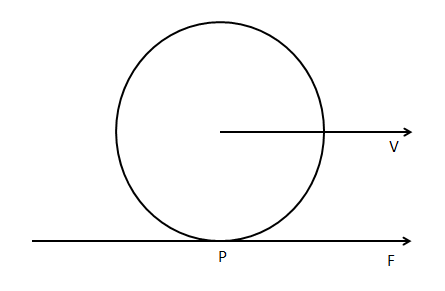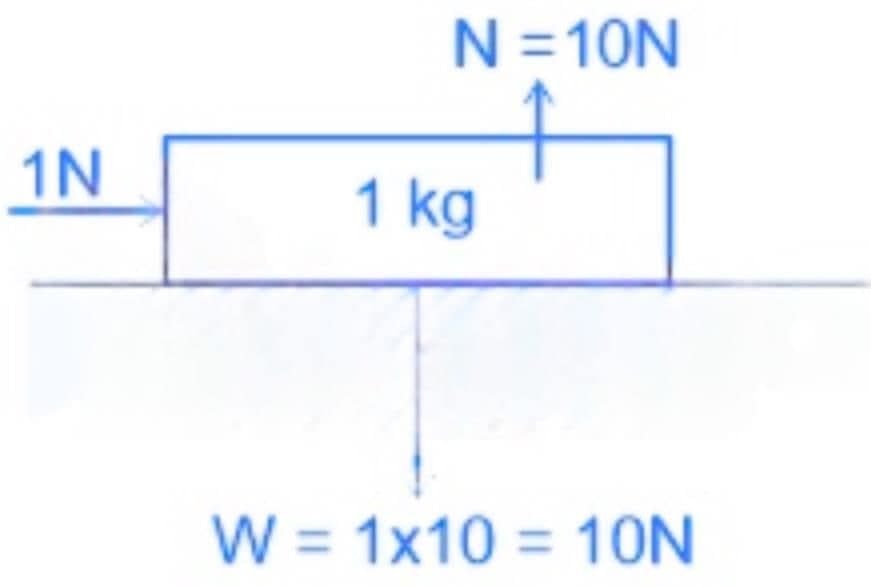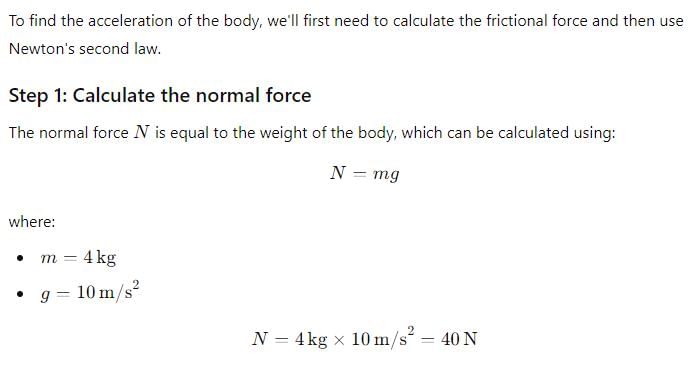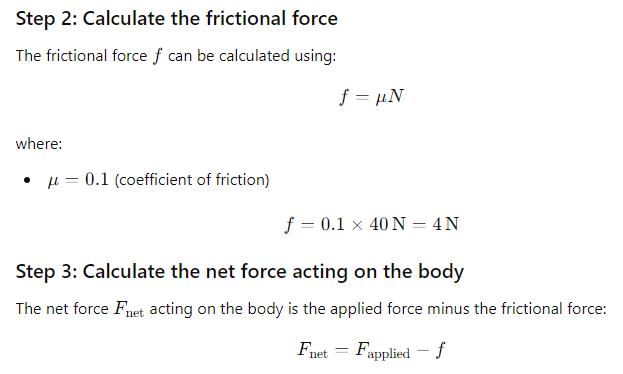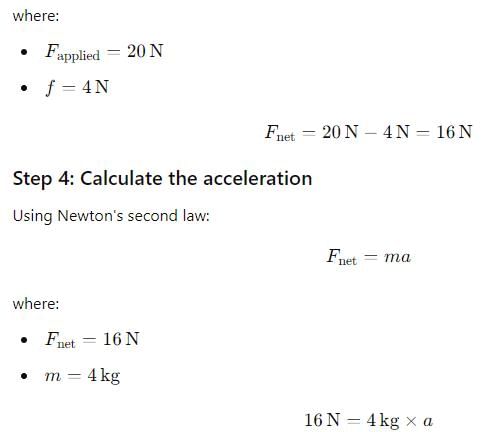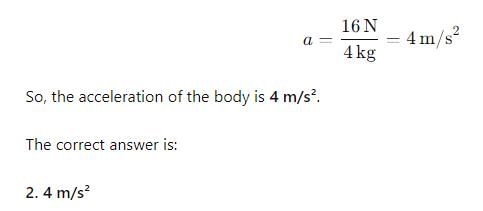Multiple Choice Questions (MCQs): Friction - JEE MCQ
10 Questions MCQ Test - Multiple Choice Questions (MCQs): Friction
After the body starts moving, the friction involved with motion is
Impending motion of a body is opposed by
A block of mass 1 kg lies on a horizontal surface in a truck. The coefficient of static friction between the block and the surface is 0.6. If the acceleration of the truck is 5 ms-2, the frictional force acting on the block is
A body rests on an inclined plane and the angle of inclination is varied till the body just begins to slide down. The coefficient of friction is  . What is the angle of inclination?
. What is the angle of inclination?
A block of mass 2kg rests on a plane inclined at an angle of 30o with the horizontal. The coefficient of friction between the block and the surface is 0.7. The frictional force acting on the block is
When a wheel rolls on a level road, the direction of frictional force at the point of contact of wheel and ground is:
An external force of 1 N is applied on the block of 1 kg as shown in the figure. The magnitude of the friction force Fs is (where, μ = 0.3, g = 10 m/s2):
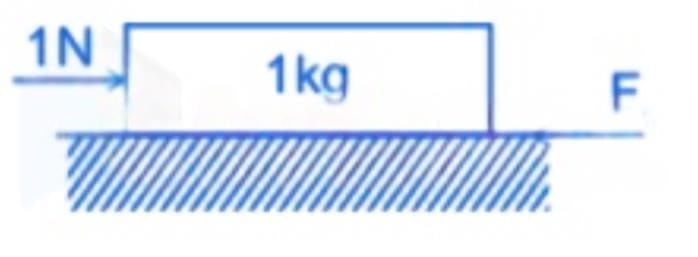
A force of 20 N is applied on a body of mass 4 kg kept on a rough surface having coefficient of friction 0.1. Find acceleration of body. Take g = 10 m/s2
Which of the following statement is correct?
A block of weight 50 N is resting on a horizontal surface. The coefficient of friction between the block and the surface is 0.4. What is the maximum frictional force before the block starts moving?



